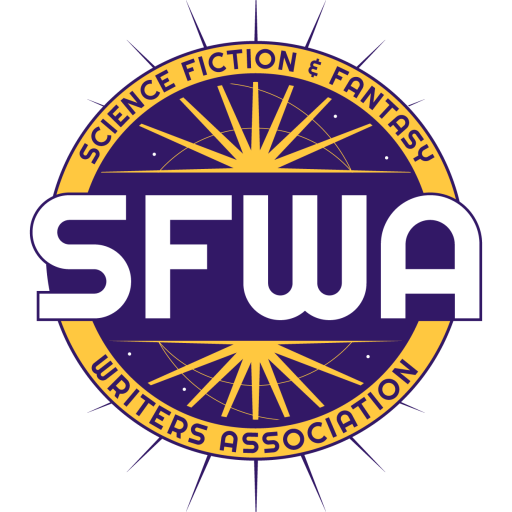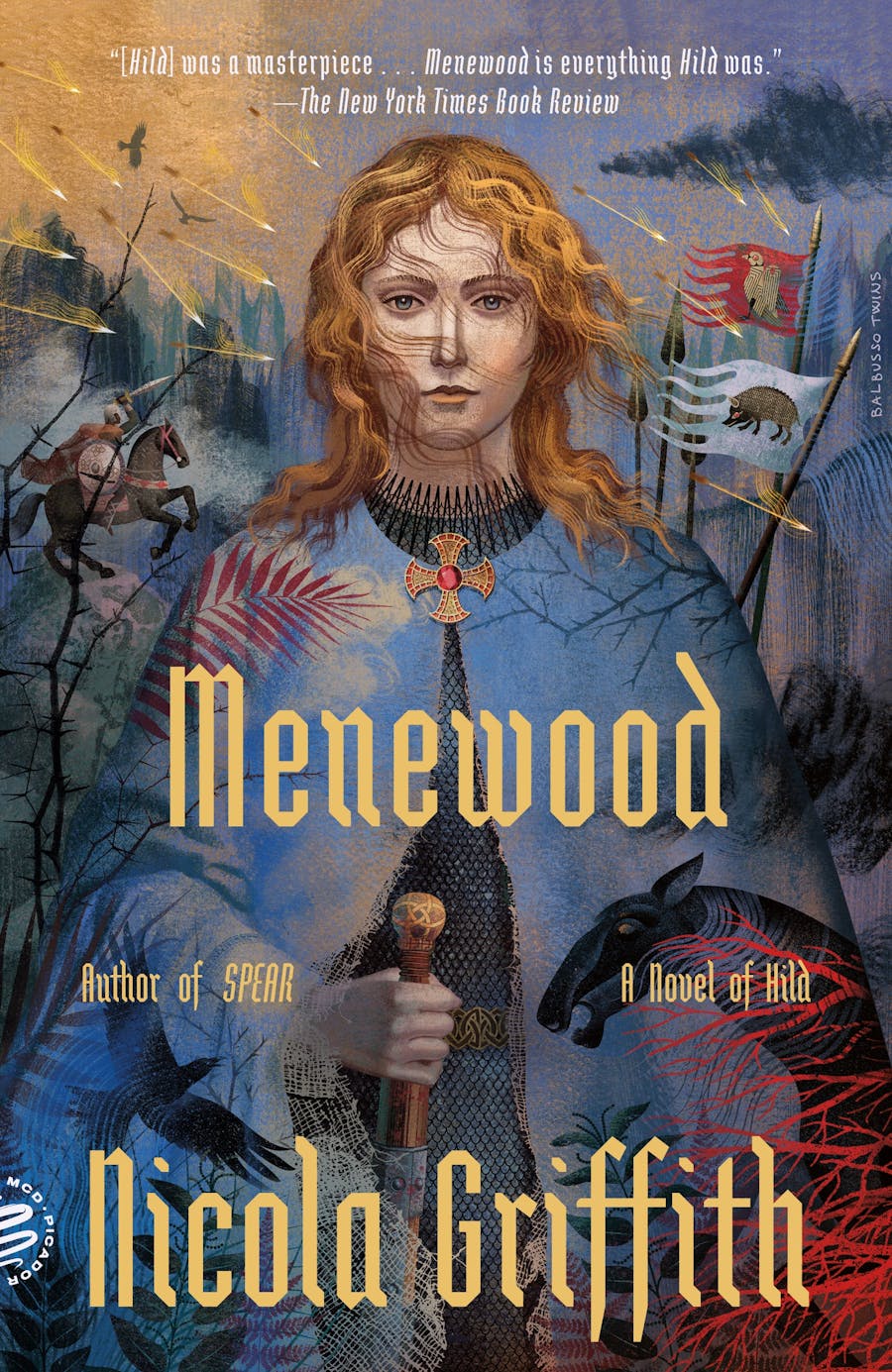In September 2016, a writer-friend called Helen asked me to write a post about one of my novels for her blog. This novel has now been translated into Greek, has a lovely audiobook, and has cool merch (me, I like the teddybear the most). Why did I choose this blogpost? Mainly because Helen Stubbs and I talk about Greek food a lot. She has the right ancestry and I grew up in the right part of Melbourne. And, of course, there’s that Greek translation.
Helen suggested I talk about my new book The Wizardry of Jewish Women. I instantly wanted to write you a post about why she suggested it, the contexts, the places, the people. That’s because my new novel is about all these things. I’m living in a world that’s got History and Culture and Much, Much Cooking until I move back into writing mode. When I’m back into writing mode, I’ll be thinking about genders (many genders) so I think you’ve got the simple end of things here.
While The Wizardry of Jewish Women isn’t autobiographical (which is a shame – I really would like those children to be mine!) it borrows a lot from people I’ve known and things I’ve done. Those cold corridors in Parliament House and the meetings and the policy papers that keep one character up at midnight: they’re stolen from my life. How they operate in Judith’s life has nothing to do with my life, however. I transformed my experiences when I gave them to Judith.
I’ve transformed things the whole way through. Even my mother (who makes a guest appearance) has been transformed.
This is nothing new, and it’s nothing unusual. Fiction is not reality. Fiction is invention based on whatever threads we spin and whatever weave we choose to make with those threads. The reason it’s particularly important in this case is that early readers thought the novel was autobiographical. Some thought the historian was me, while others thought the enthusiastic feminist was me. I put both characters in, so that readers could see that just because a historian appears in fiction, doesn’t mean that I’m that historian and just because I use places I know (like Parliament House) doesn’t make it autobiographical.
Some writers thinly disguise their lives and use novels to explain the truths of their existence. Me, I’m more likely to take something I’ve done and make it into something entirely new. My life is the ground under a trampoline, and my novel is the trampoline and my characters only touch the ground by mistake.
A lot of fantasy writers do this, especially those that write at the realist end of fantasy. We take our reality and we transform it. That transformation always happens. It has to happen. Without that transformation, the novel wouldn’t be a fantasy novel. Without that transformation it would be an entirely different story, but also an entirely different kind of story.
To create the transformation I start with things I know (the corridors of Parliament House) and I place them in the world of the novel. I spend a lot of time creating the world of the novel, because it’s the trampoline and without it my characters end up on the ground or suspended in midair. For the world of this novel, for example, I invented a house in Newtown and one in Canberra and one in Ballarat and one in Melbourne. I know the floorplans and the squeaks of the floorboard and the colour of the carpet. None of these houses are real. This is unlike the house in Ms Cellophane, which is quite real. Ms Cellophane is a different novel, and I created the world of the novel differently.
When he launched Wizardry, the wonderful Michael Pryor commented on my complex magic system. It’s complex because it’s real. I didn’t follow writerly instructions on how to invent a magic system, I studied historical magic (wearing my ‘historian’ hat) until I had a good sense of how various forms of Jewish magic would meet at a point in history and create the one my characters discover. In the process, I also learned how Jewish magic was similar and quite, quite different from Christian magic and how the cultural mindset that created it also created what we see as modern scientific thought. Creating the world for this novel changed the way I see our world. It made me realise that my family has no magic tradition due to what it has suffered historically.
The big lesson I learned in creating the world for my novel was that people change and adapt in order to survive. I learned that one of the things I was doing in this novel was re-creating a world that could have been. The magic in the novel was one of the traditions lost to most of Western Judaism due to persecution. We lost a lot more than magic, but the magic was an emotionally safe way for me to talk about the other things.
Survival involves loss and damage and hurt. Even survival of smaller ills is damaging. Feminism and Judaism have a lot in common. They care about seeing the damage and healing the hurts of humanity. They care not just about living, but about living a good life.
This is why my novel is about feminism and about Judaism. I wanted to show what it was like to live hurt and to survive, to make wrong decisions and nevertheless to keep on going, to see life as a continuing challenge and to try to heal. If our reality is the ground under the trampoline, then this is the netting that links the frame to the play area.
Despite the trampoline metaphor, this isn’t a metaphorical novel. Despite the fact that it’s not about me, it’s not so very imaginary. Wizardry is set in a world exceptionally like ours, but with Jewish magic.
I didn’t want to talk about the time of adventure and the time of damage – I wanted to explore how women heal themselves and heal others. It’s a small world. My characters don’t explore the universe, they play on their trampoline. It’s enough for them.
Sometimes it’s too much. Sometimes they turn to the Dark Side. Sometimes they turn to pink tutus. Sometimes they turn to food.
It’s funny that people are asking me about the feminism, for there is as much chocolate as there is feminism. This is because my characters don’t bounce naked. I have to dress them and give them the various parts of their lives, from a giant teapot to a liquor cabinet. I didn’t just research the magic system and I didn’t just build on feminism and Judaism.
Whatever my characters see and feel when they jump on their trampoline is theirs and theirs alone.


